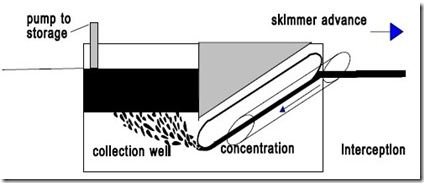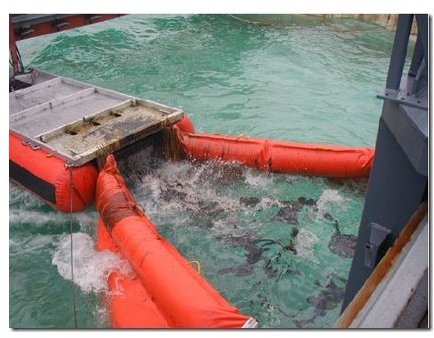Cleaning up oil spills using Vessel of Opportunity skimming system
Introduction
Marine accidents are not only inevitable but extremely hazardous too. Proper precautions should be taken to avoid such accidents. But if incase the situation gets out of control and an unfortunate event is anticipated, necessary steps should be taken to minimize the after effects of an accident as much as possible. Just check out how to go about cleaning up an oil spill at sea.
Accidents involving oil spills are of the gravest type, causing harm to both marine and human life. If the oil spill is not prevented from spreading, serious problems related to environment may arise. Keeping these problems in mind, many countries have started using Vessels of opportunity skimming system; an oil recovery unit that has been deployed at many accident prone areas. This oil recovery system provides fast and immediate relief in case of an oil spill.
Construction
VOSS is nothing but an emergency vessel which has an oil recovery system deployed on it. In case of an oil spill, the vessel goes to the accident prone area and prepositions the recovery unit at the desired oil spill location. The oil recovery unit has a separate flotation just to make sure the system operates independently. The system is also provided with the extended sweep system to increase the sweeping width and the oil recovery capacity.
The skimmed oil is transferred to the storage tanks or barges with the help of positive displacement screw pumps. The skimming speed is around 1-5 knots and the vessel moves at a speed around of 7-8 knots. The total oil recovery capacity is around 150 tons/ hour.
The construction of the system is robust and can deliver high efficiency even in adverse weather conditions.
Working
The oil and the water in the recovery system are separated due to difference in densities. The system uses the dynamic inclined plane method. A moving inclined plane assembly is connected to collection well. The oil- water level is made to stream down the inclined plane into the storage well. The mixture gets accumulated in the well, where the separation of the oil and water takes place due to difference in densities. Oil which is lighter in weight than water collects at the top and is taken away with the help of a pumping mechanism. The water free oil is then transferred to a storage tank. The cleaned water is discharged back to the sea.
In case oil water mixture is dense, the water is collected in a separate storage tank and is later sent to onshore separating facility.
Sometimes there is presence of the solid particles and impurities in the oil water mixture, which settles down at the bottom and is removed with the help of special pump. The whole system is such that it can be easily lifted and positioned at the desired location.


References
Fingas, M. (2000) The Basics of Oil Spill Cleanup. CRC Press.
Images from Navy Region Mid-Atlantic Web Site
